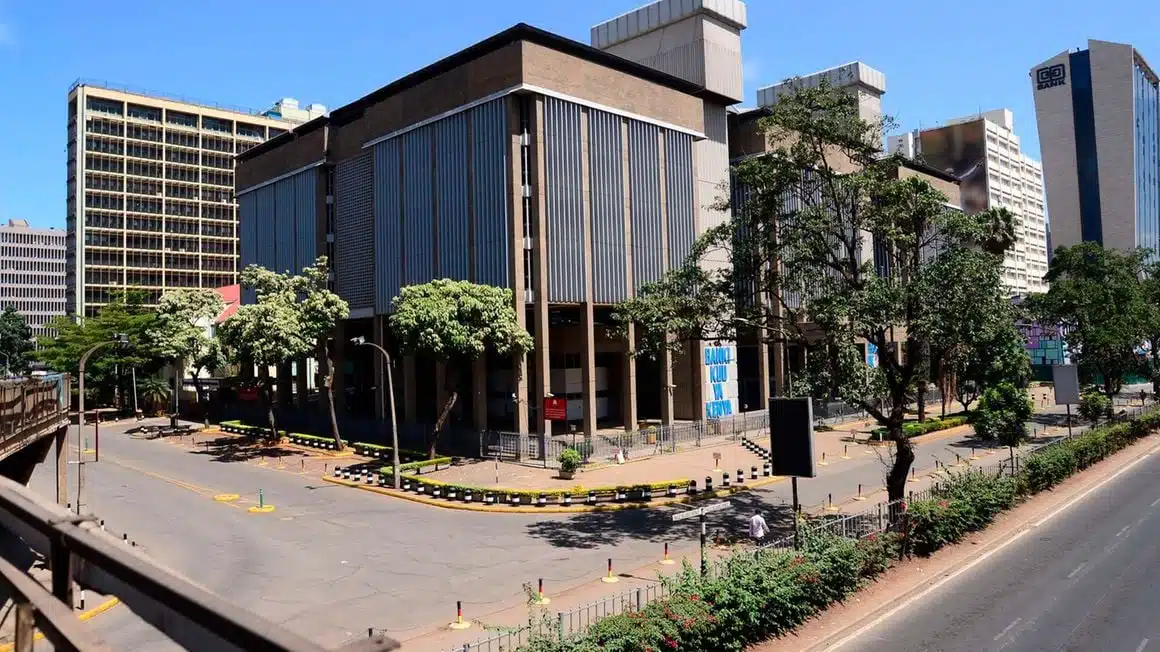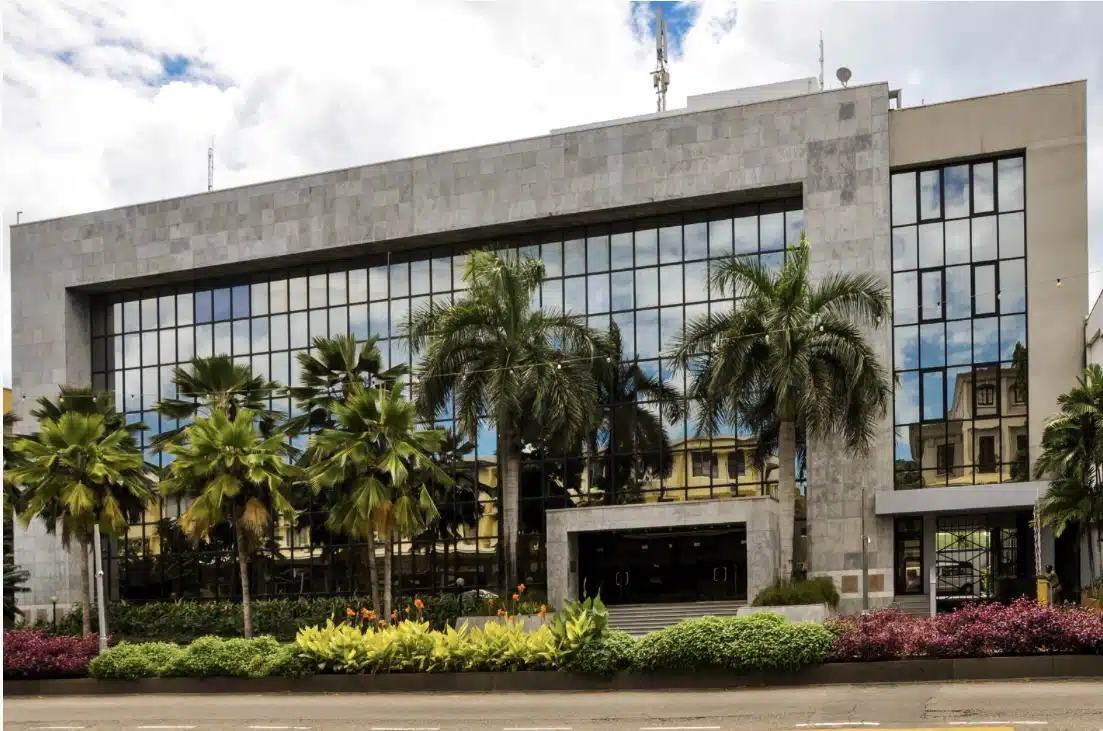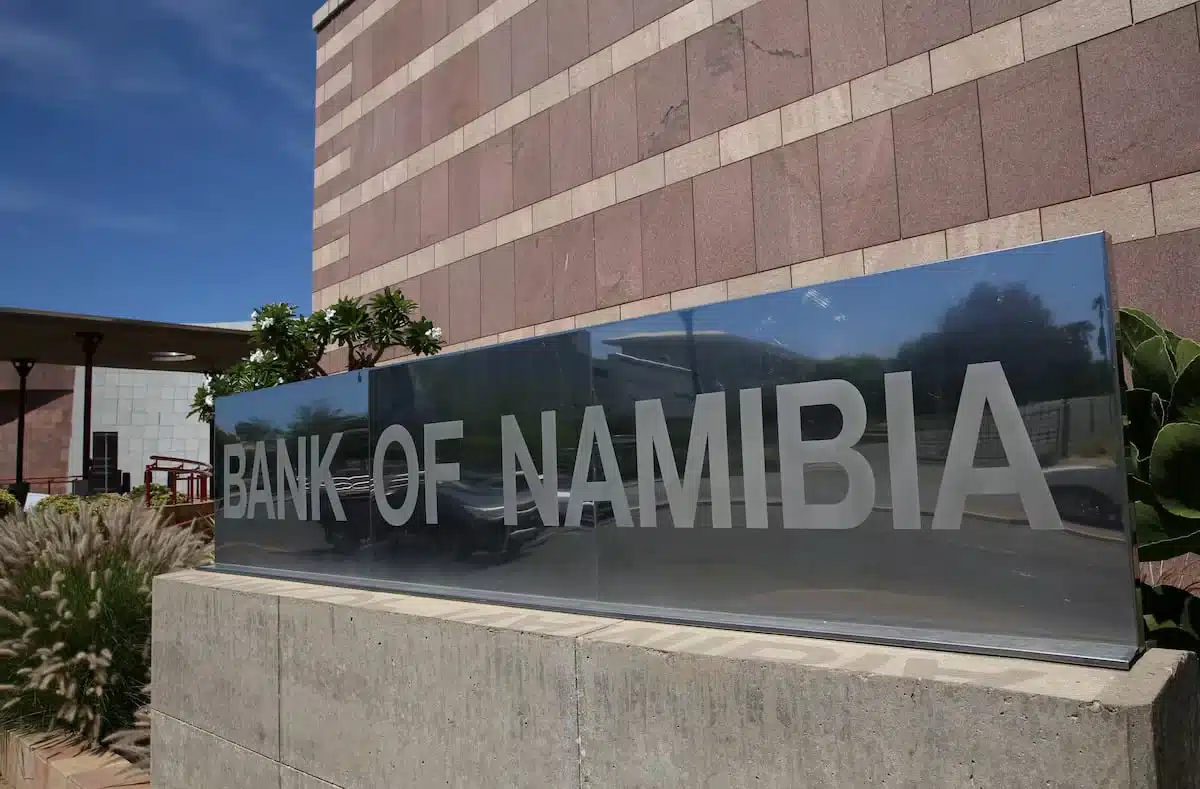The Central Bank of Kenya (CBK) has reduced its benchmark interest rate by 25 basis points to 9.75%, aiming to stimulate lending to the private sector and sustain economic momentum.
The CBK’s decision was revealed in a statement released after its Monetary Policy Committee (MPC) meeting on Tuesday.
The Committee noted that the current monetary policy stance had made significant progress in anchoring inflation expectations, adding that the rate cut would further “stimulate lending by banks to the private sector and support economic activity.”
Tuesday’s move continues an easing cycle that began in August 2024, following a prolonged tightening phase aimed at containing inflation and stabilising the exchange rate.
Annual inflation in Kenya slowed to 3.8% in May, down from 4.1% in April, driven largely by falling food and energy prices and a steady exchange rate environment.
The CBK projects inflation to remain below the midpoint of its 2.5 to 5.0 percent target range in the near term, providing room for further policy support.
The Kenya Shilling has remained stable, trading around Ksh129 to the US dollar since the start of the year, while the country’s foreign exchange reserves are at their highest levels in months, currently standing at $10.8 billion, equivalent to 4.75 months of import cover.
Kenya’s external sector has also shown resilience.
The current account deficit narrowed to 1.8 percent of GDP in the 12 months to April 2025, down from 2.2 percent a year earlier, supported by robust goods exports—particularly horticulture and coffee—as well as higher diaspora remittances and services receipts.
The CBK noted that the deficit was “more than fully financed by financial account inflows,” resulting in an overall balance of payments surplus of $2.1 billion.
The MPC meeting took place against a backdrop of persistent global uncertainties, including sticky inflation in advanced economies, trade frictions, and geopolitical tensions.
Nonetheless, the central bank’s tone suggests confidence in domestic stability and a policy pivot aimed at reinforcing growth.










